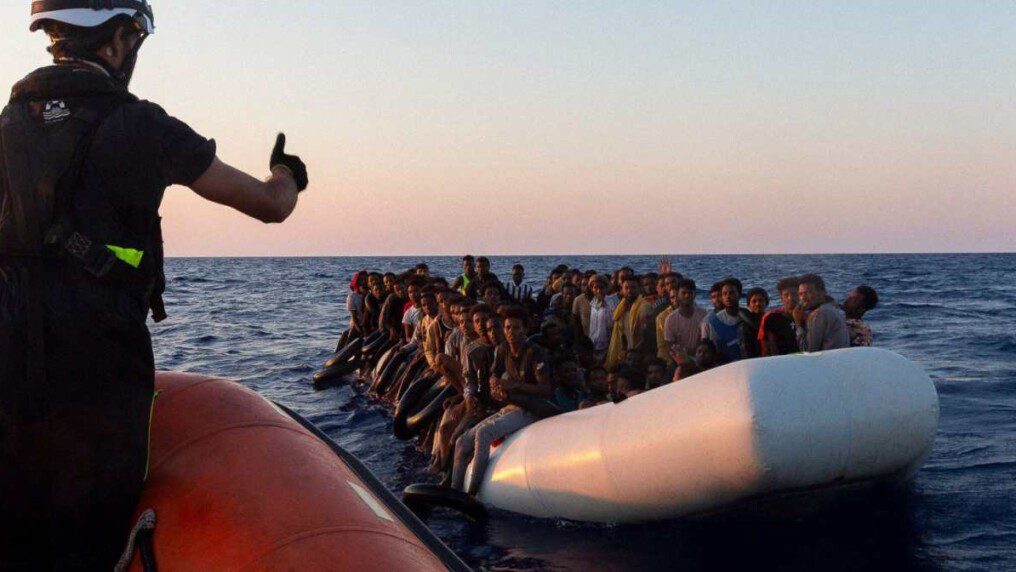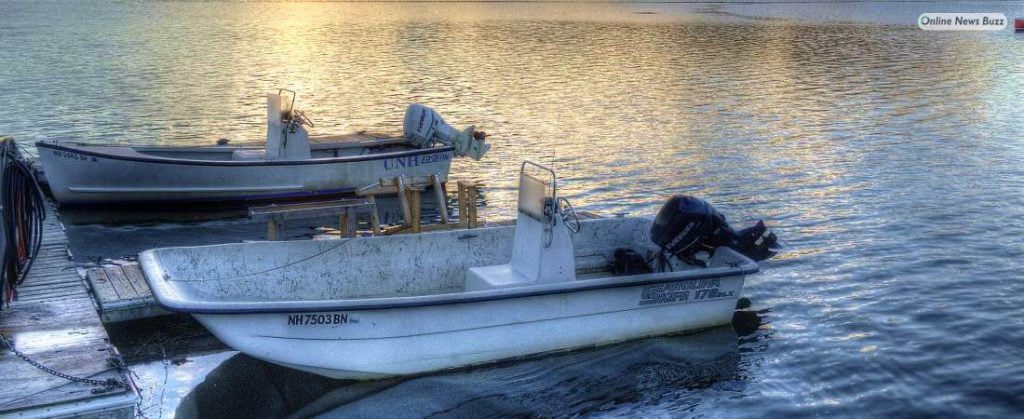
Boats are not only bought by people for leisure use; we also use them to move people and goods during shipping.
Therefore, it is crucial to pay attention to the vessel’s capacity because it might prevent you from overloading your boat.
No one would want their boat to sink like the Titanic while carrying passengers/goods on it. Keep reading to find out what is the best way to avoid overloading your boat.
Why Does It Happen?

A boat that is overloaded—either with supplies or passengers—has a higher risk of swamping.
Even if you are under the weight restriction, make sure the weight is equally distributed and concentrated in the centre of the boat.
This will help keep your boat steady in the water and prevent it from swamping or capsizing.
Finally, keep in mind that you should be very cautious about how much weight you load into your boat during bad weather.
A hefty boat is more difficult to control and more likely to get swamped when the waves are higher.
Always observe the load capacity recommendations and make sure to account for poor weather.
Laws Regarding It

The maximum number of people and weight that your boat can safely hold is one of the most crucial things you need to know before heading out on the water.
This is not only a significant safety issue; it is also against the law.
All powerboats under 20ft in length are required by law (federal) to carry a Capacity Plate that contains this information.
Each capacity plate defines the most passengers(adult), the largest gross load, and the largest size of the engine, in horsepower, that your boat is permitted to tow.
Search for the Capacity Plate as soon as you’re near a boat next time; it should be put close to the steering column or helm.
After a bit, I’ll talk about what is the best way to avoid overloading your boat.
Types Of Boats In Accordance To Their Capacity
There are numerous types and sizes of boats from which to pick. The capacity—or the number of passengers—of the boat will frequently determine its size. Following is a list of several popular boat types organised by capacity.
1. Small Boats

They’re easy to handle and can be carried on your shoulder or pushed from the shore. They are excellent for getting about in waterways that are smaller and transporting which are easy too.
Such as kayaks and canoes, typically have a capacity of 1-3 people. Small boats are great for fishing, cruising around the lake or river, and other simple water sports.
2. Medium-Sized Boats

They are adaptable and can be used for cruises or just general town sailing. These boats also cost little money and are simple to maintain.
For individuals seeking a cheap and useful vessel, medium-sized boats are ideal. These vessels may hold up to six persons and are typically 10 to 16 feet long.
For instance, fishing boats typically hold 4 to 10 people. They are, therefore, ideal for boating excursions with friends or family.
3. Large Boats

People who enjoy boating are stunning to look at and offer lots of enjoyment. In addition, they can be utilized for swimming, fishing, and other hobbies.
Large boats, however, can be cumbersome to handle and take up a lot of room. Be sure to speak with a professional before buying a large boat if you’re thinking about doing so.
Ways To Prevent It

And finally, for the part where I tell you what is the best way to avoid overloading your boat. Here are a few ways how capsizing/swamping can be prevented :
1. Its Better To Check Your Boat’s Manual
Large boats usually don’t have a capacity plate to follow; they came with a user manual. This ideally contains information like the basic layout of your boat, electronic information, information about the boat engine, and safe loading capacity.
Not only will you find the loading compartments on a boat but also how much load each one can hold.
Some manufacturers also provide distinct safety manuals for their vessels regarding safe procedures for operating the boat.
2. Never Overpower Your Boat
Sometimes people take it too far by fitting boats with more powerful motors than they are capable of handling. Your boat becomes ever more unsteady as you accelerate and speed up significantly.
The maximum horsepower specified for the boat is present on all capacity plates.
However, if you equip your boat with powerful motors, you merely make it more challenging for yourself to steer the vessel at full speed and during acceleration.
The boat will rise off from the bow or lean to one side dangerously if no precautions are taken; it could result in high-speed boat accidents.
3. Don’t Ever Set Your Own Passenger Limit
Many boats don’t come with them, and you can’t always carry around a boat manual with you.
It can help if you atleast know how wide and long your boat was at this point and could calculate your own passenger capacity using a formula.
The conventional approach to determining a safe passenger capacity for your boat is to first determine its area using length x width.
Then multiply the result by 14–16 to get the area.
Use 14 if the water is calm in the sea, 15 if the water is calm in fresh water, and 16 if there are light breezes or if you intend to test your speed (High-speed day cruising).
Boat Capacity Calculation:
The formula for calculating carrying capacity of passengers:
Length of vessel (ft.) x vessel width (ft.) ÷ 15 = no. of ppl,
Use this calculator to determine your boat’s capacity after first determining the length and width of your boat in feet.
Frequently Asked Questions (FAQs):
Ans: For a boat that is 18 feet long and 6 feet broad, for instance, the number of people is equal to 18 times 6 (or 108) divided by 15, which means seven people weighing 150 pounds each (or a total person weight of 7 150, or 1050 pounds).
Ans: One of the simplest ways to capsize your boat is via overloading, which is a major cause of boating fatalities.
The freeboard of a boat decreases when weight is added, which raises the risk of swamping and reduces stability.
Ans: Yes, in a technical sense. Infants are included in the capacity calculations.
Ans: The weight that may be safely carried on a recreational boat—including persons, equipment, and the motor—is referred to as its “maximum capacity” or “maximum weight.”
To Wrap It Up!
All in all, one of the most important things you need to know before setting out on the water is the maximum number of people your boat can handle.
Also, pay attention to the maximum amount of weight that your boat can safely handle.
I hope you got your answer for – what is the best way to avoid overloading your boat?
Thank you for reading up till here! I hope you find the information given useful.
Read Also:




























